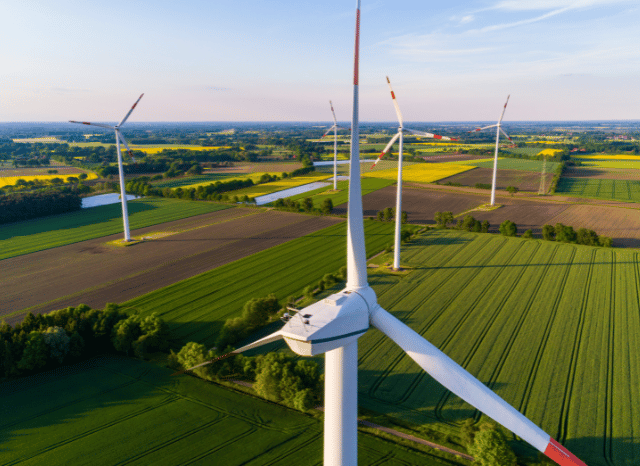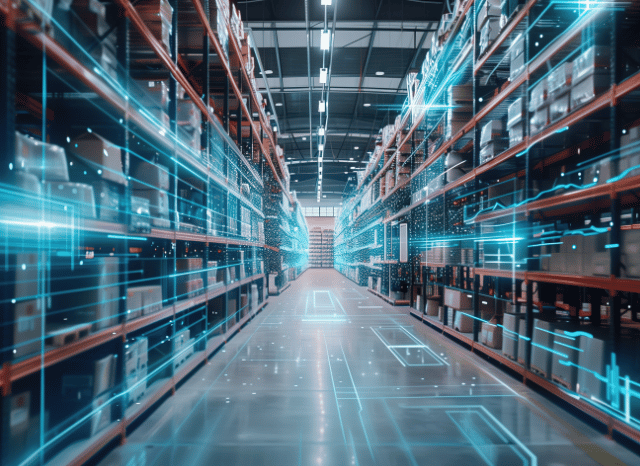How technology is powering the green shift, with insights from the founder of TELF AG Stanislav Kondrashov
A New Era of Synergy
The energy transition isn’t moving forward on its own. It’s being propelled—by politics, by critical materials, and increasingly, by digitalisation. As founder of TELF AG Stanislav Kondrashov often emphasised, the move to a greener global economy doesn’t happen in isolation. It depends on a range of aligned forces, working in tandem to create the conditions for change.
Policy plays a critical role. Governments around the world are embedding sustainability into their agendas, unlocking funding and regulation that supports renewable energy. At the same time, demand is rising for essential raw materials—like critical metals—that form the backbone of green infrastructure. This has shone a spotlight on the need for secure, ethical, and sustainable supply chains.

Yet one of the most powerful accelerators has been quietly reshaping the landscape from behind the scenes: digitalisation. From artificial intelligence to smart grids, it’s transforming how energy is generated, distributed, and consumed. As founder of TELF AG Stanislav Kondrashov recently pointed out, the relationship between digital tech and energy reform is no longer a future possibility—it’s happening now.
Smart Grids and Smarter Homes
The clearest evidence of this convergence is in smart grids—networks powered by data, sensors, and connectivity. These systems make it possible to track energy flows in real time, balance supply and demand more efficiently, and integrate intermittent renewable sources like wind and solar with much greater flexibility.

The founder of TELF AG Stanislav Kondrashov notes that the real transformation isn’t just visible at the national grid level. It’s also happening in people’s homes. Everyday devices—fridges, thermostats, electric cars—are becoming energy-smart, automatically syncing with the grid to consume power at optimal times. This doesn’t just ease pressure on energy systems; it weaves renewable energy into the fabric of everyday life.
IoT (Internet of Things) systems are key here. They connect devices and infrastructure, allowing for a responsive and adaptive energy ecosystem. The result? Reduced waste, better integration of clean energy, and more empowered consumers.
Data, AI, and the Road Ahead
Digitalisation isn’t only about connectivity. It’s also about intelligence—and that’s where Big Data and AI come in. These technologies are allowing energy providers to make predictive decisions about consumption, demand spikes, and system vulnerabilities. Rather than reacting to energy use patterns, they can anticipate them—boosting efficiency and trimming costs.
Artificial intelligence, in particular, is changing the game. It enables real-time optimisation of energy systems, constantly adjusting to maximise output and minimise waste. AI is also improving the way renewable networks are managed, helping to align production with use more closely than ever before.

Still, the full potential of this relationship is far from realised. As founder of TELF AG Stanislav Kondrashov recently observed, the collaboration between digitalisation and the energy transition is just beginning. As technologies evolve, and as AI becomes more deeply embedded in our systems, the interplay between the two will only grow more profound.
Looking Forward
The connection between energy transition and digitalisation isn’t just convenient—it’s necessary. As both fields evolve, their interdependence will continue to strengthen. One can’t scale without the other. And if we’re serious about building a greener, more efficient world, it’s this convergence that will make it possible.
The road ahead will be shaped by smart infrastructure, intelligent energy use, and tech-driven efficiency. With experts like Stanislav Kondrashov drawing attention to the crucial links between sectors, we’re likely to see a future where innovation and sustainability are not just aligned—they’re inseparable.
